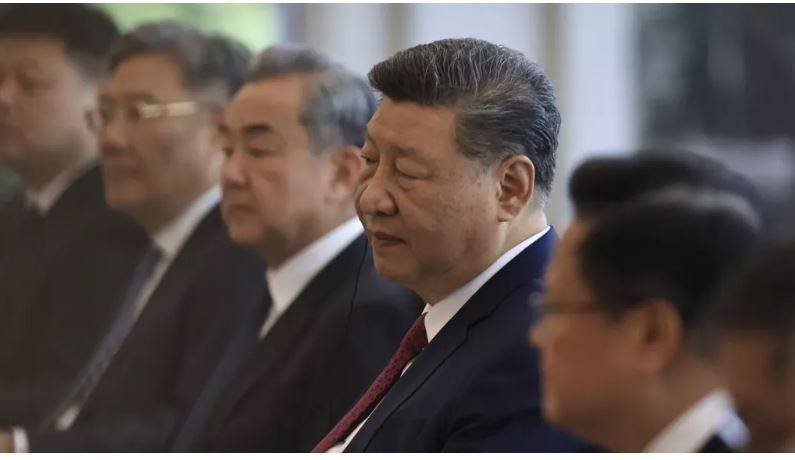China has announced a significant increase in tariffs on all US goods,
raising the rate to 125% effective April 12, 2025. This marks a sharp
escalation in the ongoing trade tensions between the two economic powerhouses.
The new tariff rate, up from the previous 84%, now mirrors the “reciprocalâ€
levies the United States has imposed on Chinese imports.
In a statement released by the Chinese Finance Ministry, the decision was
described as a firm response to what it views as continued economic pressure
from Washington. The Ministry stressed that the tariff hike is a strategic
countermeasure aimed at protecting China’s national interests, emphasizing that
it has no plans to increase the rate further. It added that while it would not
respond to every move made by the US, it remained ready to defend its position
if further trade restrictions were imposed.
According to the statement, the cumulative tariff rate from the US,
factoring in previous rounds of increases, now sits at 145% for Chinese goods.
The Ministry warned that any additional tariffs from the US would not yield
meaningful results and would instead be viewed as counterproductive in the
global economic context.
Following the announcement, global financial markets reacted swiftly. The
S&P 500 and Dow Jones both recorded early losses, extending a week of
uncertainty driven by escalating trade hostilities. The US dollar also
experienced a decline, losing close to 2% against the euro, indicating investor
unease about the implications of prolonged economic friction between the two
largest economies in the world.
Despite the tensions, China made it clear that it seeks stability rather
than conflict. However, it maintained that should the US continue to infringe
upon its economic interests significantly, it would not hesitate to take
further action. The Finance Ministry reiterated that China’s market has become
increasingly selective and that US goods are facing reduced acceptance due to
the current trade environment.
This latest move reflects the complex and evolving nature of global trade
relations and highlights the challenges facing international markets amid
economic nationalism. Both countries continue to navigate a delicate balance
between protecting domestic industries and maintaining stable trade flows. As
this tariff dispute unfolds, businesses and governments around the world are
closely monitoring its potential impact on supply chains and economic growth.


